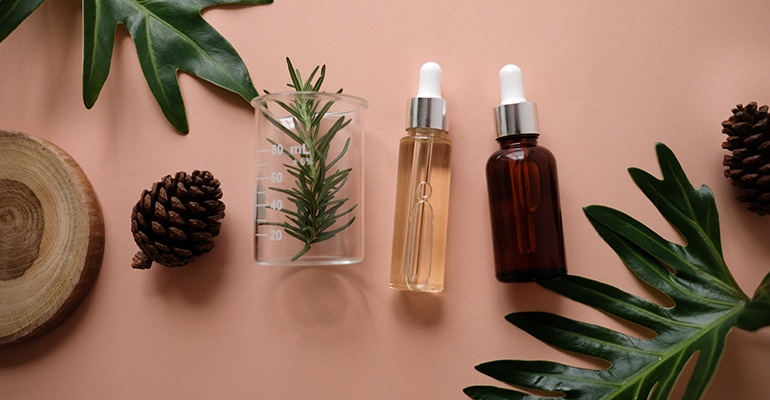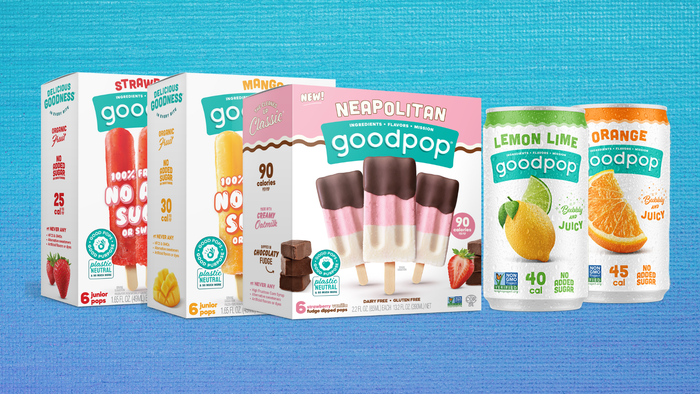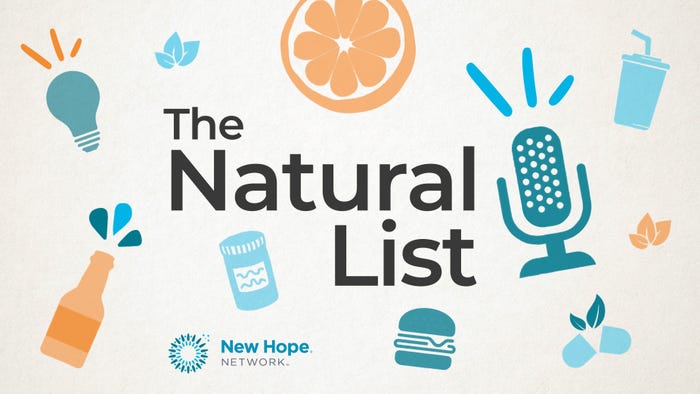10 emerging sustainability trends in natural beauty
During the 2019 Sustainable Cosmetics Summit, more than 140 senior executives from the beauty industry convened in New York City to delve into product sustainability; here are the top 10 takeaways from the summit.
May 24, 2019

More than 140 senior executives from the beauty industry convened for the 2019 Sustainable Cosmetics Summit in New York City to discuss sustainability issues. Organized by Ecovia Intelligence, some of the key outcomes of the summit are …
1. Packaging innovations.
With growing consumer awareness of plastic pollution, the beauty industry is facing pressure to reduce its packaging impacts. Examples of innovative packaging solutions were presented. Seed Phytonutrients gave details of its compostable bottle made from post-consumer paper, whilst the Korean company InnerBottle showed how its new packaging technology creates zero waste. The way forward appears to be innovation rather than incrementalism measures such as lightweighting.
2. Consumer impacts.
In his opening keynote, Colin Beavan called for us to be more aware of the impacts we create in our everyday lives. The influential writer and internet blogger shared his own personal experience in trying to create zero impacts for one year. Whilst living in New York, he and his family lived without electricity, ate locally grown foods and produced no trash. According to Beavan, we should not just reduce impacts but also create positive impacts; examples include growing plants/trees/vegetables and volunteering.
3. Scrutiny of supply chains.
Raw material supply chains are becoming increasingly scrutinized for environmental and social risks. Verisk Maplecroft Research showed that shea butter, silk, vanilla, and cocoa are cosmetic ingredients with some of the highest social risks; these include human trafficking, child labor, discrimination and land grabs.
Using essential oils as an example, Dee-Ann Prather from Down Under Enterprises showed how ingredient suppliers can provide traceability in their supply chains. Because adulteration is a major issue, the Australian supplier is looking at blockchain technology as a potential solution.
4. Wide range of green materials.
New sources of green ingredients are emerging. DuPont showed how it has created its Genencare OSMS BA material from food sidestreams. Genomatica is creating butylene glycol from plant sugars, whilst Aprinnova is making squalane from sugarcane. Butylene glycol is a petroleum-based solvent, whereas squalane is an emollient that has been traditionally sourced from shark liver oil. Details were also given on how plant cell technology is being utilized to produce active ingredients.
5. Look beyond organic.
Diana Martin from the Rodale Institute called for farmers to adopt regenerative agricultural systems. The new Regenerative Organic Certification adds soil health, fair trade and animal welfare to existing organic farming practices. The new scheme currently has 21 pilots worldwide and is backed by leading operators, such as Dr. Bronner’s Magic Soaps and Patagonia.
6. Creative solutions.
A number of speakers suggested creativity is required to resolve major sustainability challenges facing the industry. Molly Rowan Hamilton from Pearlfisher urged beauty companies to design sustainability into their brands. According to Molly, a one-size-fits-all approach does not work considering sustainable has so many facets. The sentiment was echoed by Enoch Palmer from the design agency CASE which helps brands in product design and communications.
7. Green packaging materials.
Andrew Dent from Material ConneXion highlighted the issue with existing packaging materials: Less than 5% of plastics are recycled in the U.S. He called for brands to look at green materials so they can prepare for a circular economy. Examples were given of recycled materials, compostable packaging and recent innovations. Bio-engineered solutions on the horizon involve algae, fungi and bacteria.
8. New business models.
TerraCycle showed how brands can move away from single use packaging via its new Loop shopping platform. Described as a "circular shopping platform," Loop enables packaging to be returned to brands and reused. Loop made its debut in the U.S. this month; partners include Proctor and Gamble, Unilever, Colgate-Palmolive, Walgreens and Kroger.
9. Natural and organic cosmetics.
According to The Benchmarking Company, 68% of American females purchase natural and organic beauty products, up from 49% in 2008. Health reasons are the primary factor, cited by 73% of buyers. The adoption rates are expected to continue to rise as consumer demographics change.
10. Create marketing experiences.
Millennials and Gen Z now represent half of American consumers. According to Sourabh Sharma from FIG Or Out, these growing influential consumers expect sustainability to be a core value of companies. He called for brands to create marketing experiences for these consumers. Winners in the digital age are likely to be brands which utilize social media, deliver clear communications, and create a brand or product story.
Source: Ecovia Intelligence
You May Also Like


